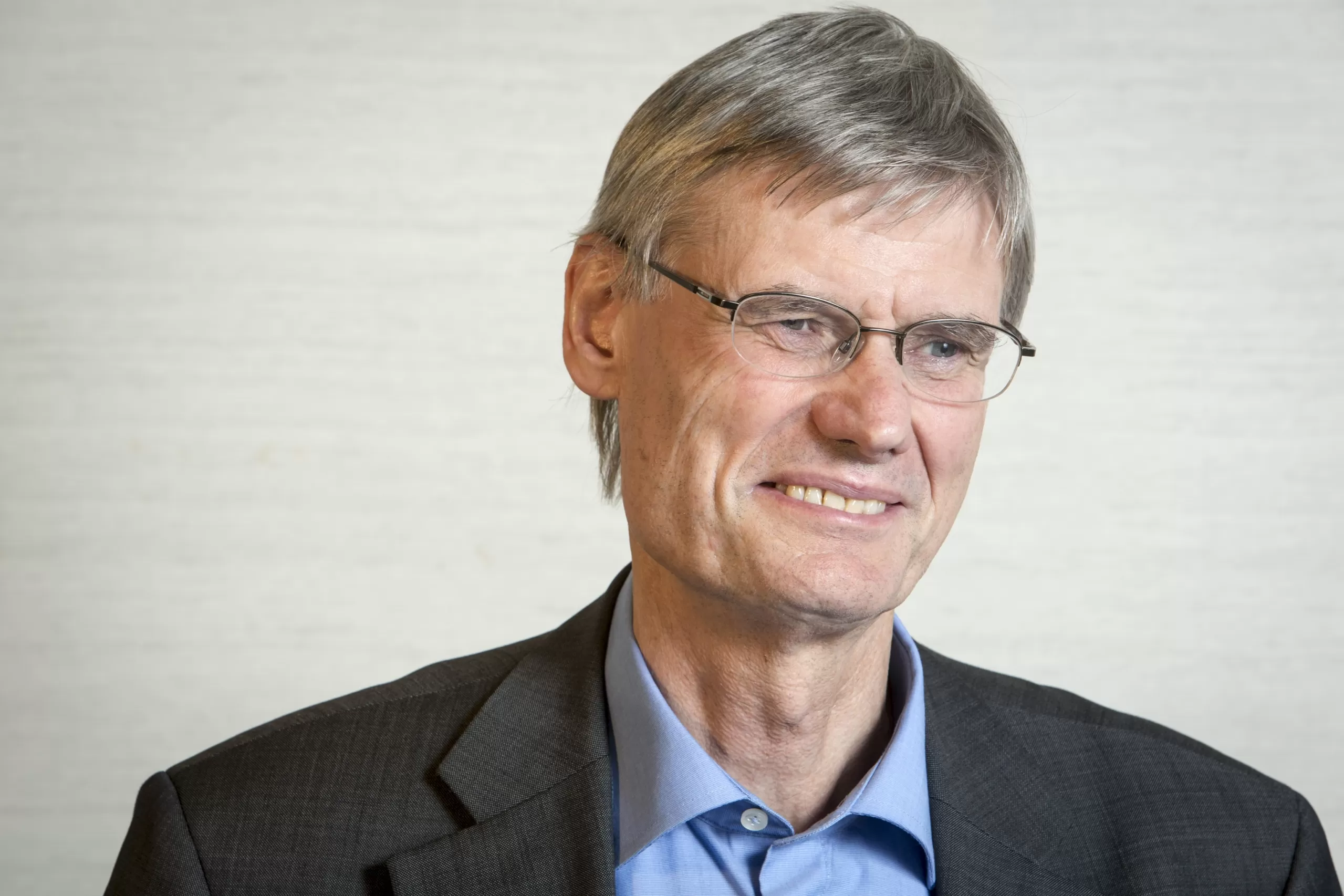
Public consultation Stage 2
For decades, Dr. Piet Zuidema has been responsible for shaping the scientific-technical work of Nagra, the Waste Management Programme, the repository concepts and the ongoing activities within the context of the site selection process. He retires at the end of this year, but will remain as a technical advisor to Nagra in the future. The start of the public consultation phase for Stage 2 of the Sectoral Plan for Deep Geological Repositories was announced today by the Swiss Federal Office of Energy and we took the opportunity to conduct a brief interview with Dr. Zuidema.
Mr. Zuidema, as you approach the end of your working career, can you say you are satisfied with where we stand today in terms of implementing disposal of radioactive waste?
Yes – the disposal of radioactive waste is a task of national importance and the start of the public consultation phase today marks a further step forward. However, in retrospect I have to confess that, when I began working for Nagra, we never imagined that it would take this long.
Why has everything taken so long?
One very important, but also time-consuming, project was the demonstration of disposal feasibility (Entsorgungsnachweis) for high-level waste, which was approved by the Federal Council in 2006. This laid the scientific and technical groundwork for the ongoing site selection process. With the concept of the Sectoral Plan for Deep Geological Repositories that was approved by the Federal Council in 2008, Switzerland has a site selection process that is very time-consuming and work-intensive, but is also considered to be exemplary both in Switzerland and internationally. There is a clear division of roles between the Swiss Federal Office of Energy (SFOE) as the lead authority, the Swiss Federal Nuclear Safety Inspectorate (ENSI) as the regulator and other commissions, federal offices and stakeholders, as well as Nagra as the implementer. It is the responsibility of all the actors in the process to ensure that the criteria and requirements specified by the Federal Government are implemented in a way that is scientifically based and oriented towards safety as the highest priority. In my opinion, the Sectoral Plan process achieves this; it has also succeeded in creating a societal and political consensus that we require a solution to the waste disposal issue in the foreseeable future as the waste already exists.
Do you believe the Sectoral Plan to be the correct instrument for selecting sites for deep geological repositories?
Yes, I am certain of it. Starting from a blank map of Switzerland – meaning that nothing is ruled out at the outset – the Sectoral Plan process has allowed potential siting regions to be identified in the first two stages and to be narrowed down as part of a cross-comparison process that gives priority to considerations of safety. This means that, in the upcoming third and final stage, the selection will be between sites that all have good properties in terms of safety. Extensive investigations will be carried out to identify the differences between the sites remaining in the process and, based on this, the sites that are most suitable for realising the repositories will be selected. In the social sphere, intensive collaboration and dialogue in the siting regions, but also the provision of timely information to the whole of Switzerland, have made it possible to generate an understanding of the task we are performing. Today, there is virtually nobody who is unaware of the need for safe waste disposal. The message that the waste already exists and that we need a solution has been clearly received by the public. Safe waste disposal is something we have to work towards now – it should not be placed on the back-burner.
The public consultation phase for Stage 2 starts today. What does this milestone signify for you personally?
The long-term safety of a deep geological repository depends mainly on geology, but also on a series of other barriers. The safety-based comparison in Stage 2 was a scientific-technical task which involved bringing together the most recent information in many different areas. This meant intensive collaboration with many scientists both in Switzerland and abroad. One important aspect was identifying the siting areas for the surface facilities, which involved working together closely and constructively with the regional conferences, the local communities and the Cantons. I think I can say that Stage 2 was a very exciting but also demanding phase in the site selection process.